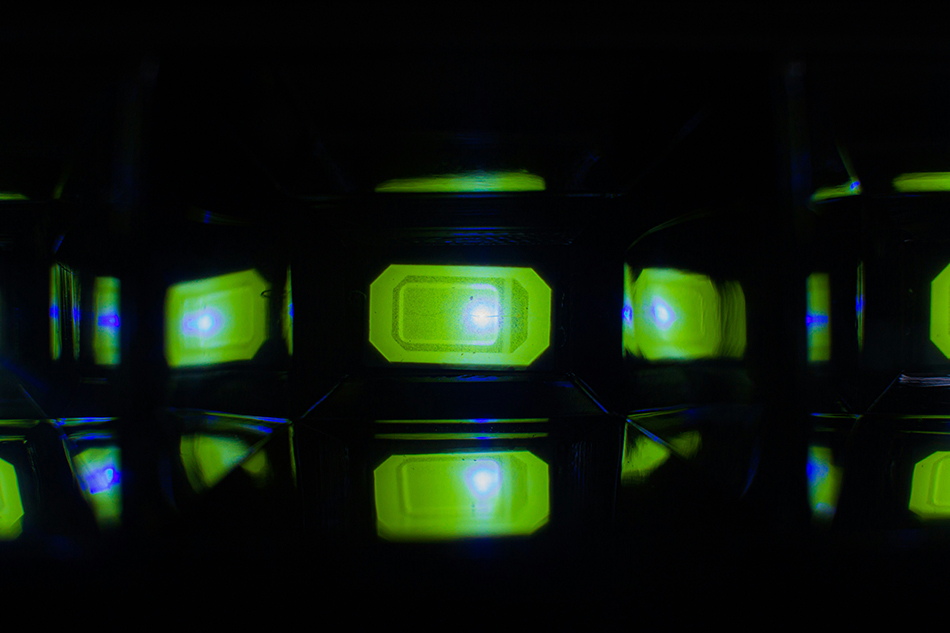Time:2025-05-15
The mini neon light continues to redefine its role beyond traditional illumination, emerging as a versatile tool in education, sustainable agriculture, and community-driven art. These compact, adaptive systems bridge technology and creativity, offering solutions that empower learning, enhance crop yields, and foster public engagement. This article explores their transformative applications and the unique value they bring to emerging sectors.
Educational Tools for STEM and Creative Learning
Hands-On STEM Kits:
Integrate mini neon lights into DIY electronics kits, teaching students circuitry, optics, and energy efficiency through interactive projects like building glow-in-the-dark models or solar-powered displays.
Simulate bioluminescence in biology lessons, demonstrating natural light phenomena in organisms like fireflies or deep-sea creatures.
Augmented Reality (AR) Classrooms:
Pair with AR apps to create immersive history or science lessons—e.g., illuminating ancient ruins in 3D or visualizing molecular structures with dynamic color coding.
Accessible Learning:
Use tactile, light-up models to help visually impaired students explore geometric shapes or scientific concepts through touch and sound feedback.
Sustainable Agricultural Advancements
Precision Grow Lighting:
Deploy mini neon strips in vertical farms or greenhouses to deliver tailored spectra that optimize photosynthesis for specific crops, such as leafy greens or flowering plants.
Adjust light cycles to simulate natural seasons, accelerating growth without genetic modification.
Pollination and Pest Management:
Attract nocturnal pollinators with UV-enhanced neon lighting, boosting yields in crops like tomatoes or strawberries.
Deter pests using color wavelengths that disrupt insect behavior, reducing reliance on chemical pesticides.
Aquaponics Integration:
Illuminate water tanks to promote algae growth for fish feed while providing ambient lighting for system monitoring.

Interactive Public Art and Community Engagement
Participatory Installations:
Develop crowd-activated art where visitors use smartphones to change neon colors or patterns on sculptures, fostering community interaction in urban parks or cultural festivals.
Example: A city square installation that shifts hues based on real-time air quality data, raising environmental awareness.
Temporary Urban Projects:
Equip pop-up markets or street fairs with portable neon displays that artists can reconfigure daily, adapting to themes or events without permanent infrastructure.
Memorial and Cultural Spaces:
Preserve cultural heritage by subtly illuminating historical sites with low-intensity neon, avoiding damage to delicate structures while enhancing nighttime visibility.
Technical Excellence and Eco-Conscious Design
Solar-Ready Systems:
Off-grid compatibility with portable solar panels supports agricultural and educational projects in remote areas, democratizing access to advanced lighting.
Modular and Repairable Architecture:
Design kits with interchangeable parts, allowing students or farmers to repair and upgrade systems without specialized tools, promoting sustainability.
Non-Toxic Materials:
Use biodegradable silicone and lead-free components to ensure safe handling in classrooms, farms, and public spaces.
Competitive Advantages in Niche Markets
Versus Conventional Grow Lights:
Lower heat output prevents crop dehydration, reducing water usage in controlled environments.
Flexible installation adapts to irregular greenhouse layouts, maximizing space efficiency.
Versus Static Public Lighting:
Dynamic interactivity transforms passive viewers into active participants, deepening community connections to public art.
Future-Focused Innovations
Blockchain for Energy Sharing:
Enable schools or farms to trade surplus solar energy generated by neon systems via decentralized platforms, fostering local sustainability networks.
AI-Driven Art Curation:
Machine learning algorithms analyze visitor demographics to auto-adjust public art displays, ensuring inclusivity and relevance.
Edible Neon Coatings:
Research plant-safe, nutrient-rich coatings for agricultural neon strips that dissolve harmlessly into soil, enhancing sustainability.
Conclusion
Mini neon lights are catalysts for innovation, transforming education, agriculture, and public art into dynamic, participatory experiences. Their adaptability, sustainability, and capacity to inspire make them indispensable in building smarter, more connected communities.
For solutions that illuminate learning, growth, and creativity, explore TTKLED’s Visionary Neon Series, where light meets possibility.